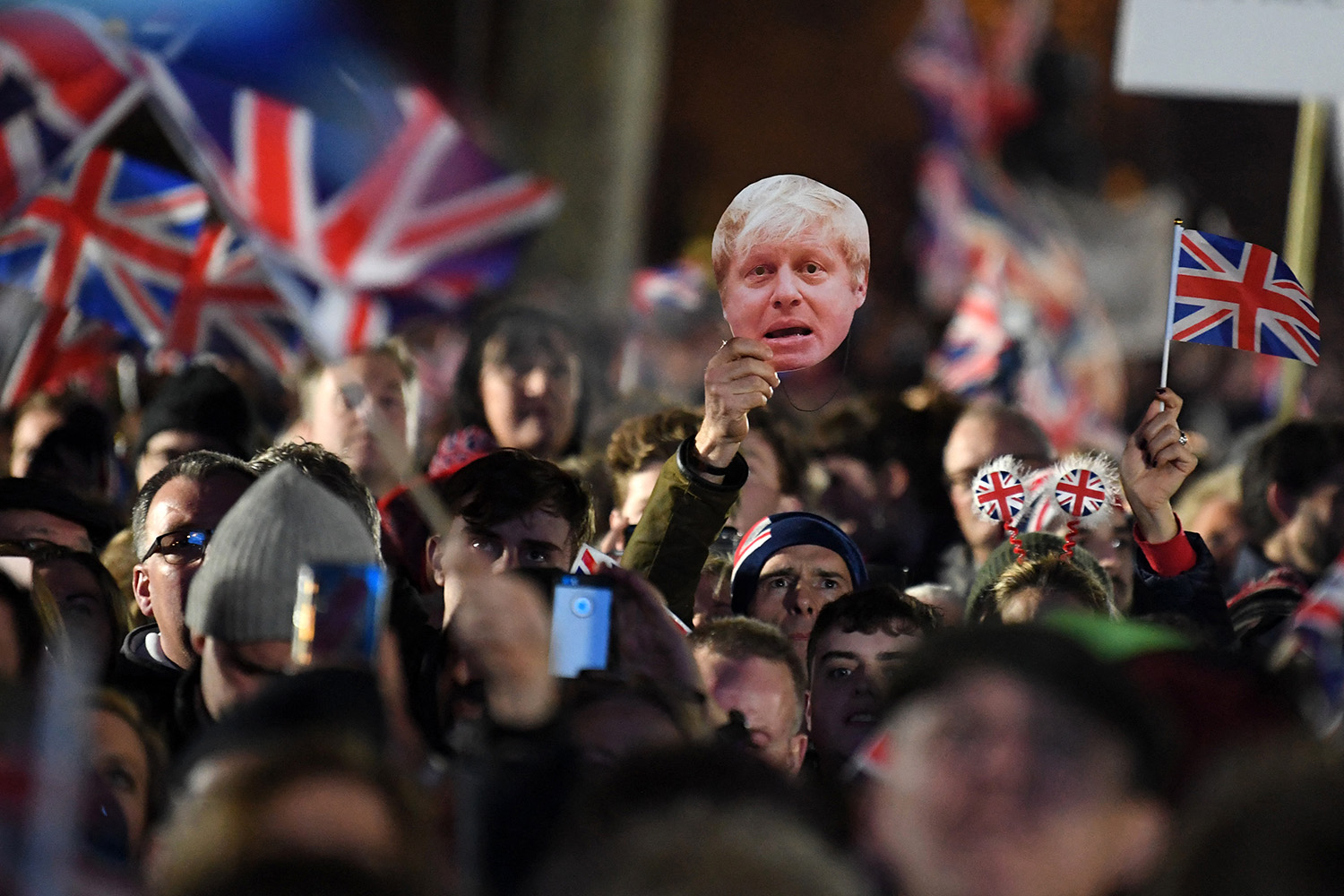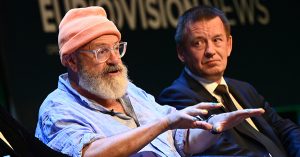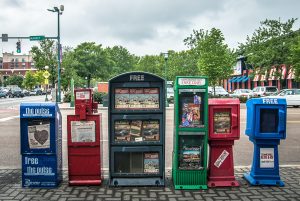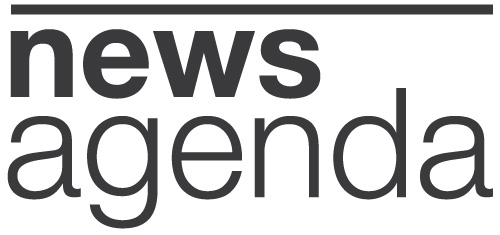It was not at all obvious to those watching the Brexit referendum campaign unfold in the spring of 2016 that Ireland would come to both dominate and define Britain’s tortured exit from the European Union.
Indeed, seven years on, the UK’s future relationship with the EU hinges entirely on resolving the implementation of the Northern Ireland Protocol, the legal text ensuring there would be no hard border on the island of Ireland after Brexit.
It is startling to realise that, for the EU and UK, the great geopolitical challenges of our time – Russia’s invasion of Ukraine, China, climate change, energy – have all been hobbled and held up by a dispute over a patch of territory on Europe’s far western seaboard and what, for example, animal health rules might apply there.
Back to the early hours of 24 June 2016. Brussels-based journalists were thrust into a story that would consume untold levels of copy, reporting and human hours. RTE was no different in having to grapple with the complexity of unscrambling 40 years of UK membership.
Although Irish ministers, including the then Taoiseach Enda Kenny, had warned that a leave vote could jeopardise the political balance in Northern Ireland, Dublin was more preoccupied about the loss of important bilateral trade with the UK, especially in the sensitive agrifood sector. However, over the course of 2016, the protestations by Dublin and London that there would be no return to the borders of the past began to wear thin when challenged by those who understood the ramifications of Britain leaving the single market and customs union.
I was not one of those with that understanding. As a European correspondent my beat was the continent, covering a kaleidoscope of stories, while dipping in and out of EU coverage. The previous five years had been dominated by the financial crisis, the Irish bail out, the refugee crisis, terrorism, none of which necessarily engendered a deep and detailed knowledge of how the single market and customs union operated.
In the autumn of 2016 the risk of infrastructure returning to the land border became very real when Theresa May delivered her “Brexit means Brexit” speech at the Tory Party conference. A trilemma took shape: a hard Brexit would throw up customs and regulatory barriers, and they would either appear on the land border or somewhere else.

After Article 50 was triggered and the withdrawal negotiations began, it soon became clear that the Irish question would have to be settled in the first phase of the talks, and not later in the trade agreement, as Britain preferred. This provided fertile, if daunting, ground for an Irish Brussels-based journalist. Brexit was a highly partisan issue in the UK, and the most torrid views of the Irish issue and the EU in general were inflamed through Brexit-supporting media.
A gulf opened up between how the UK Brexit-supporting establishment believed the negotiations would go, and how the EU was preparing for them to go. In short, a set of fallacies took hold in Westminster about the process of exiting the EU. One such fallacy held that, when it came down to it, the EU would prioritise trade with the UK and throw Ireland under a bus.
The challenge was first to understand the complex legal set up that the EU was preparing to defend, and the politics of why the EU would support Ireland’s interests. This required a crash course in the operation of the single market and customs union, but much more: Britain’s exit would yank a deeply interwoven system of commerce, fisheries, services, agriculture, regional funding from under Europe’s western islands and do so at speed.
Dublin had pulled together a vast, cross-cutting game plan with each government department exploring every iota of EU-related connection with the UK and what would happen once that bond was sundered. The lid was lifted on a vibrant, all-island agrifood economy whereby pigs would go north and lambs go south for slaughter and where tens of millions of litres of milk would slosh around border roads en route to processing.
To cover Brexit, all of this had to be understood and then written so that others could understand it. House of Lords committee hearings into every aspect of Brexit became essential. Contacts had to be built up: in the European Commission’s Brexit task force, in the Council, within as many member state delegations to the EU as possible, within the European Parliament, in national capitals, in Westminster, in Belfast.
Contacts were often consumed with work and not always available or in the mood. As the negotiations got underway Michel Barnier, the EU’s chief negotiator, would brief EU ambassadors; other Commission officials would brief member state Brexit counsellors. In time, reporters became adept and knowing when these briefings happened and how to get details once they did.
Whereas most of my work previously had been interviewing people on camera, Brexit became a tunnel of intrigue, of background briefings and off-the-record phone calls, snatched coffees, Whatsapp messages and the occasional screen grab of a briefing document.
While it seemed that lobby journalists were briefed in the UK in order to advance London’s cause, to float an idea, or to unbalance the EU, there was no such system in Brussels. Much of what I did at the outset was cold calling, trying to extract bits of information here and there, and then leveraging them to get more information. RTE was not given any privileged access, but as the longer articles I started to write for the RTE website got traction outside of Ireland, the effort to write as clearly and factually about the process as possible began to pay off, and some contacts became more approachable, both in Brussels and in London.
Through the twists and turns of the EU-UK relationship, from Cameron to May to Johnson to Truss to Sunak, I became more like a print reporter, building up a huge archive of transcribed, background interviews with officials, diplomats and politicians. Much would be poured into a long read written for Saturday morning consumption, into the Brexit Republic podcast, then into live analysis for RTE’s main TV and radio news programmes.
In the end, Brexit was (is) an unholy brawl between legal detail and raw politics. Ireland represents 1pc of the EU population, yet the Irish question dominated Britain’s traumatic exit from the EU. Along the way it gave RTE an outsized prominence well beyond Ireland’s shores. Covering Brexit was daunting, exhausting but ultimately thrilling.











